On Sunday morning, we left the B&B after breakfast and headed to Jervaulx Abbey. In 1145, King Stephen gave a monk from Savigny land at Fors to build a monastery for a new house of the Cistercian Order. Monks were sent from Byland Abbey, which oversaw the new abbey. The original endowment was meager, and the lands were not fertile, but Conan, the Earl of Richmond, increased their revenues, and moved the monks to better land by the River Ure in Witton. The monks erected a new church and monastery, and in 1156, Jervaulx was dedicated to Saint Mary. The abbey came to own half of the valley, became renown for horse breeding, and the monks made cheese from ewes’ milk, called Wensleydale. In 1279 the abbot was murdered by one of the monks, but the perpetrator fled.
When the Hundred Years’ War came (1337-1453), times grew tough, and at the time of the dissolution, the abbot who protested was hung and the property went to the crown. As the monastery had kept people employed and from starving, once the abbey was closed, there was no resolution to the suffering of those that were left. The abbey was stripped of its wealth, and the pulpit and stained-glass windows were moved. At last, Henry VIII granted the abbey and land to his niece Margaret and her husband Matthew Stuart, the 4th Earl of Lennox. Then the property passed to the Earl of Ailesbury in 1805. In 1887, the property went to S. Cunliffe Lister Esq. and then to Major and Mrs. W.V. Burdon in 1971. Their youngest son runs the abbey, now open to the public.
When we drove to the property, we ended up taking a grassy road to the side of the abbey. The morning was overcast and only a couple people were there, which lent an almost deserted feeling to the place. At the entrance was an honesty box, where a £5 note was requested. Next to it was a stone-carved trough where the dead monks were once laid to wash before their burial. Just inside stood a dark gray wooden carved statue of a monk looking down in prayer. We walked around the grassy green walkways and around the ruins, viewing what must have been an extensive abbey with deep ditches all around and lots of stone walls, hallways and stairways that once went somewhere. We could tell where the cloister must have been as there was an open square area of lawn surrounded by a gravel path. The base stones of pillars set in an open grassy area let us know where there had been a large grand room.
As we rounded the outer length of the last side we found two art deco benches that had a red rust upon them. One was of two maidens with red dragons, and the other was a seated maiden holding a bird on her finger. Across from us on the other side of the embankment was a large grassy meadow where many sheep grazed. The lambs bounced about but stayed close to their mothers. One lamb got curious, stood on the grassy embankment, and watched us. I slowly waved my arm around and saw its little head go around in a circle following my moves. They are so sweet, innocent, and adorable. When we left, we followed the signs of exit along a narrow meadow road of just gravel, past all the sheep nestled below trees in the shade or grazing in the mottled sunlight that was starting to peak out.
Then we drove to the market town of Richmond for lunch, about a half hour away. When we arrived, we had to circle the central parking lot several times, as the town was so busy, and on Sunday parking is free. Finally, we got a spot right in front of the King’s Head Hotel, where we thought we would dine, but they were booked. Upon recommendation, we walked up the street to the Black Lion, where we were able to get a table. It was our second try for a Sunday roast. The name Black Lion goes back to 1697, when it was a coaching inn. It is derived from the coat of arms of the Counts of Flanders.
Vere had the Sunday roast topside of British beef, with rosemary roast potatoes, Yorkshire pudding, veggies, and gravy. I had the roasted chicken with sage and onion stuffing. Vere enjoyed his, but once again, I was disappointed with pretty much everything on the plate. Had it not been for the small amount of green vegetables and the yellow mashed potatoes, the rest would have been entirely monochrome brown. I won’t bother to show you my plate, looking very similar, but my Yorkshire pudding was burnt.
After lunch, we were able to walk to Richmond Castle, just a block away. Again, it was an English Heritage site, so we got in free with our pass. We entered through the front gates where the old prison had been and came into view of a very wide grassy hillside. To our right a dilapidated wing had a large Gothic window opening and one tower at the end. There were two sets of stairs, one for the servants and one for the gentry. Vere climbed one, but it was narrow and windy and he ran into children and dogs. When he got to the top there was a walkway that offered views in every direction. The edge of the town lay right below, he got a shot of town central, a small tower in one direction, and a stone bridge in another. Then he took the second set of wider stairs down. I remained at the base reading all the signs of the castle’s history. There were also steps that went down into the dungeon, which we took, but there was nothing to see but an empty dirt floor room. Then satisfied that we had seen all there was to see, we left.
Then we were on to Easby Church and Abbey, both dedicated to Saint Agatha. They are located side by side on the eastern bank of the River Swale on the outskirts of Richmond. The intact old church next to the ruined abbey was our first investigation. Some nice stain glass windows were in it, along with some religious frescoes high on a wall near the high altar. They were of Eve and Adam, their descent, the annunciation and the Virgin upon her bed.
Next was the abbey, which was founded by Constable Roald of Richmond in 1152 as a Premonstratensian monastery. The order followed the Rule of Saint Benedict, where the monks renounced the world to live a contemplative life, although they did preach, teach and did charitable work. They were influenced by the Cistercian order, wore white robes, and supported the abbey with manual work. Sheep farming was their main support, and they prospered into the 13th century. The patronage of the church was passed to the knighted family of the Scropes in the 14th century and they are buried there. In the 15th century, the abbey went into debt and was threatened with closure in 1536 during the Dissolution of the Monasteries. The monks and the town’s bailiff protested, and with an uprising called the Pilgrimage of Grace, sought to remain. King Henry VIII retaliated by having them hanged, and he stripped the abbey of its possessions. When Lord Scropes died, his daughter inherited the abbey, but it was sold in 1700 to Bartholomew Burton, and passed down again through the 18th century. It was left deserted and eventually came under the protection of the Ministry of Works in 1930.
It was pleasant walking around the abbey’s green lawn pathways on such a beautiful day. No ceilings or roofs remained, but many of the stone walls with arched windows and doorways could be seen. The outline in pebbled walkways could be traversed where the cloister used to be, beams stretched across walls to stabilize them, and stairways rose that no longer went anywhere. With the doves now and then sweeping across the shadows and open walls, a sense of peace was felt all around us.
Once we completed our round of Easby, it was still early, so we decided to make one more stop. Just south at Aldborough were some ruins of an ancient Roman home, which has some mosaic floors to see. We entered a one-room building that had a small museum of the items found on the grounds, some of which were old tiles depicting a cupid and a man adoring Venus, and soldiers. Then we embarked on the old Roman path beneath dappled light. A narrow path between tall hedgerows behind private property led us to two enclosed buildings that protected the floors. Despite no lights within the rooms, but aided with the patchwork light coming in from the windows, the tiles of Greek-key design looked in fairly good condition. The first had a star design with the key design around it, and was once used as the home’s reception room. The second, though a little hard to tell, depicted a lion sitting in the shade of a tree, which once was the changing room of a bath-suite.
At a little after 4:00 we were ready for a cream tea, so we headed to the nearest town of Boroughbridge, where we stopped at The Crown restaurant. With some Earl Grey, scones, clotted cream, and strawberry jam, we were made right again. Then it was less than thirty minutes back to the B&B along rural roads, where we saw another jack rabbit bound across the one lane. It was our last night at Newburgh House, and it had been a real pleasure to stay there.
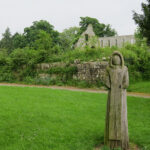
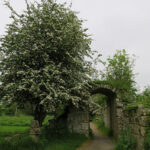
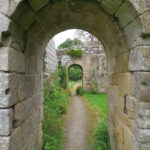
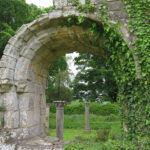
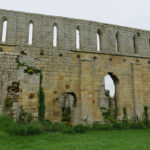
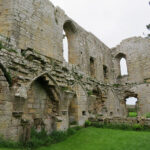
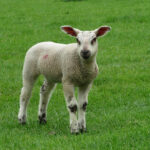
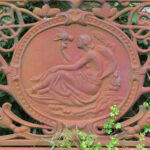
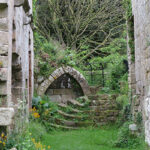
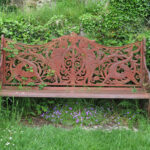
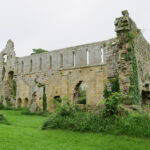

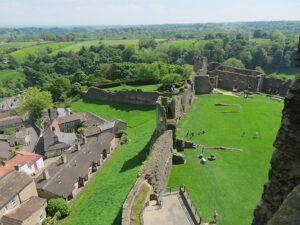
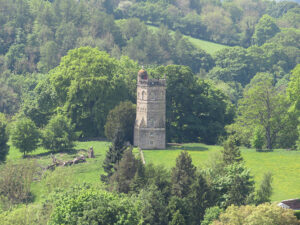
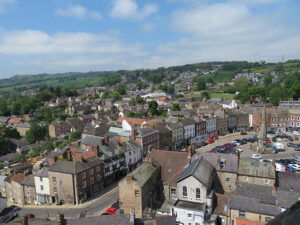
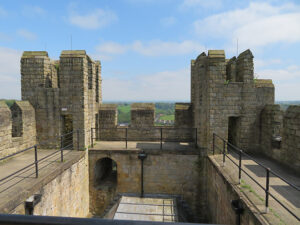
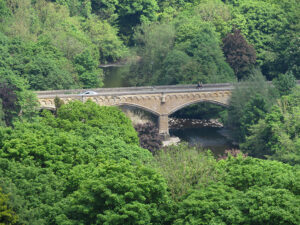
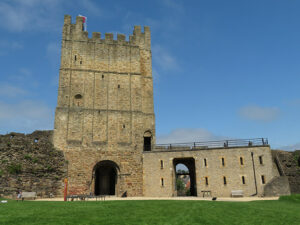
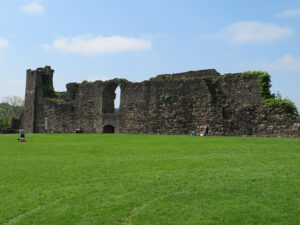
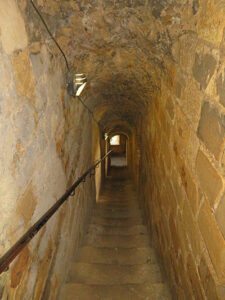
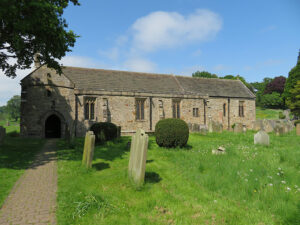
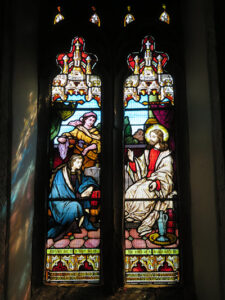
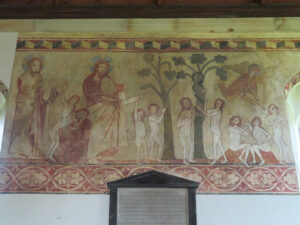
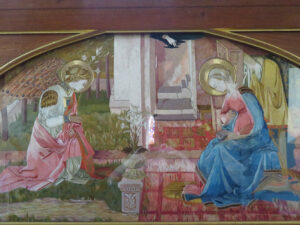
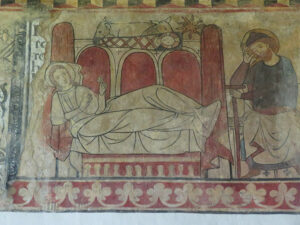
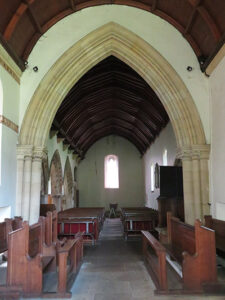
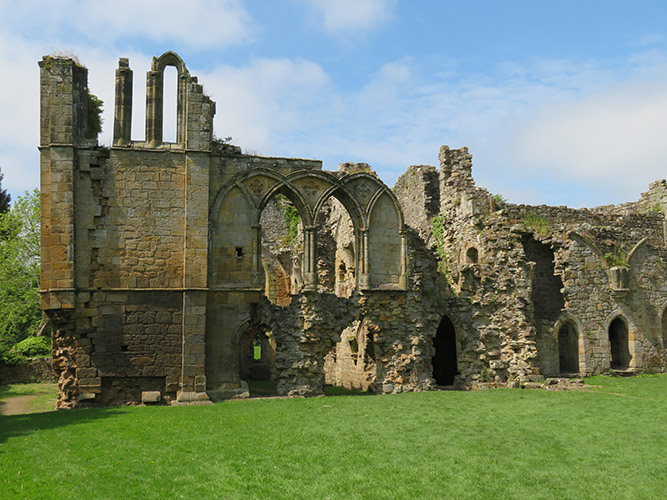
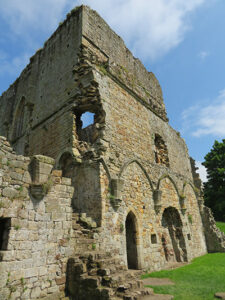
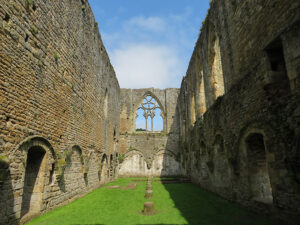
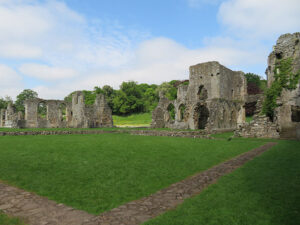
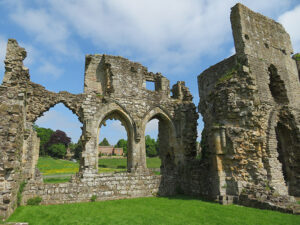

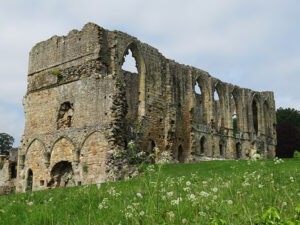
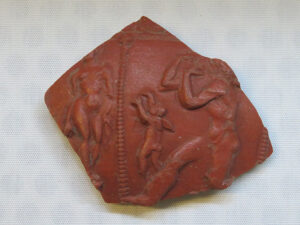
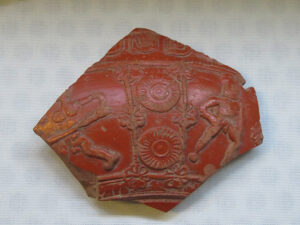
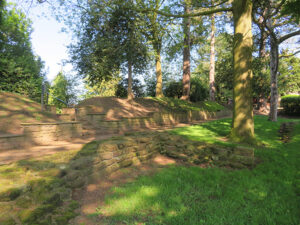
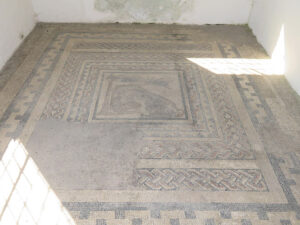
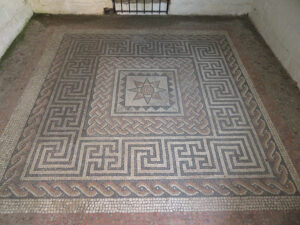
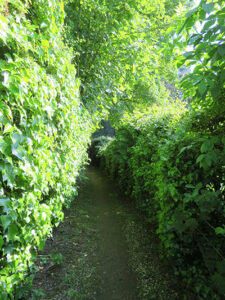
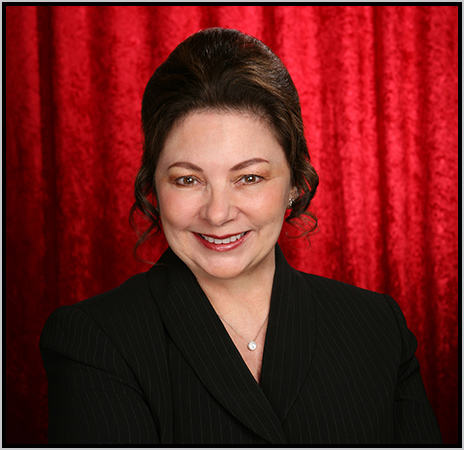 The official website of Lita-Luise Chappell, writer on sex, magic, food, distant lands, and everyday life with articles, poetry, novels, travelogues, rituals, cookbooks, and short-stories.
The official website of Lita-Luise Chappell, writer on sex, magic, food, distant lands, and everyday life with articles, poetry, novels, travelogues, rituals, cookbooks, and short-stories.
